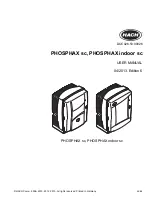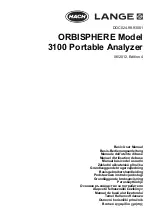
Tutorial—Glossary
— Tutorial
31
Glossary
❒
Galileo
An early astronomer who lived in the 16
th
–17
th
century, and who most certainly
never saw anything like an interplanetary probe. We’re pretty sure he never saw
an AW4416, either.
❒
Close-miking
As the term implies, “close-miking” involves placing a microphone very close to
the source in order to maximize the amount of sound picked up from the desired
source in relation to other ambient sound.
❒
Condenser Microphone
Condenser microphones employ a very thin, light diaphragm with a low moving
mass to pick up sound. This makes it possible to achieve high sensitivity and
broad frequency response, but has the disadvantage that this type of microphone
tends to be delicate. They can be damaged by physical shock as well as high
humidity. Condenser microphones, particularly the more delicate large-dia-
phragm types (yep, they have a large diaphragm) are generally never taken out of
the studio.
❒
Dynamic Microphone
Dynamic microphones use a rigid diaphragm connected to a coil which moves in
a magnetic field to transform acoustic sound into electric energy. Dynamic
microphones are generally rugged and provide consistent performance under a
wide range of conditions, but they rarely provide the high sensitivity and flat
broad frequency response of their condenser counterparts. Still, dynamics are the
microphones of choice for high-SPL (Sound Pressure Level) percussive sources
such as drums (particularly when close-miked) and live sound.
❒
Phantom Power
A number of studio-type microphones have built-in preamplifiers that, naturally,
require some sort of power to operate. Power can be provided by an external
power supply (not too common these days), batteries, or phantom power from
the console. It’s called “phantom” power because it sort of sneaks into the micro-
phone from the console via the microphone cable without affecting the audio
signal. Neat trick, huh!. Since dynamic microphones rarely require external
power, most phantom-powered microphones are condenser types.
❒
Baffle
Usually a movable sound-absorbing partition which can be placed strategically
in the studio to prevent leakage between sources and microphones.




































